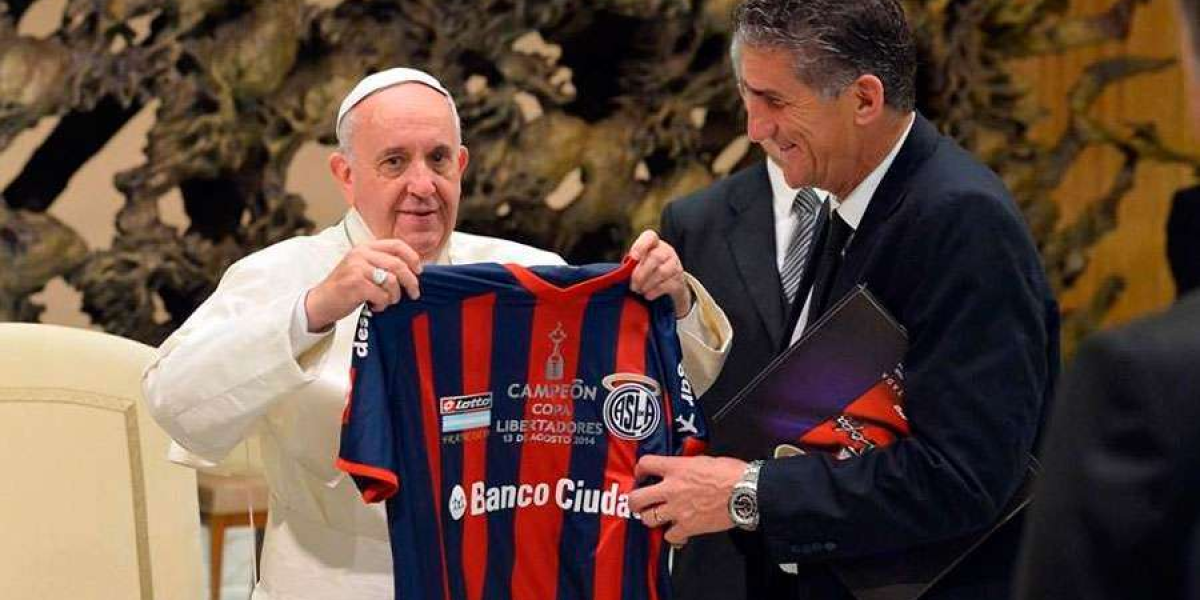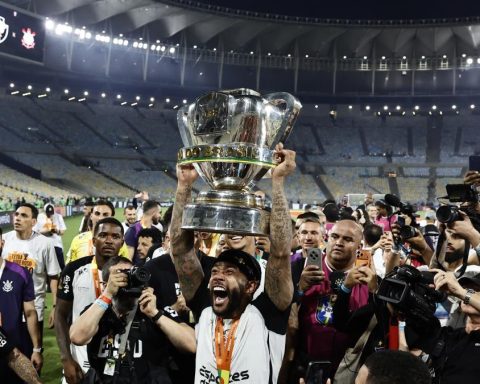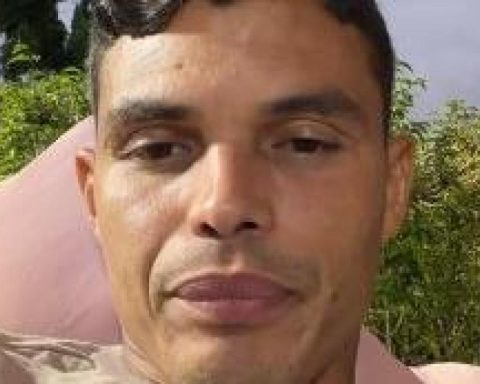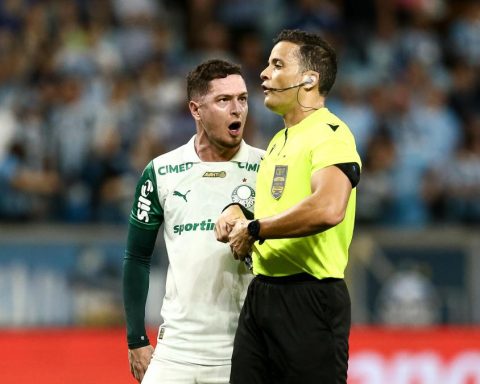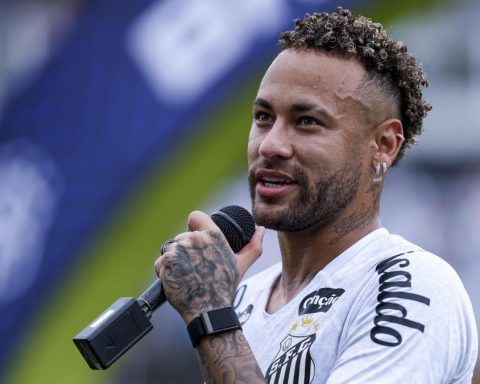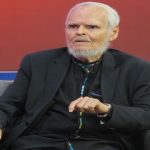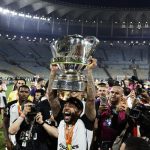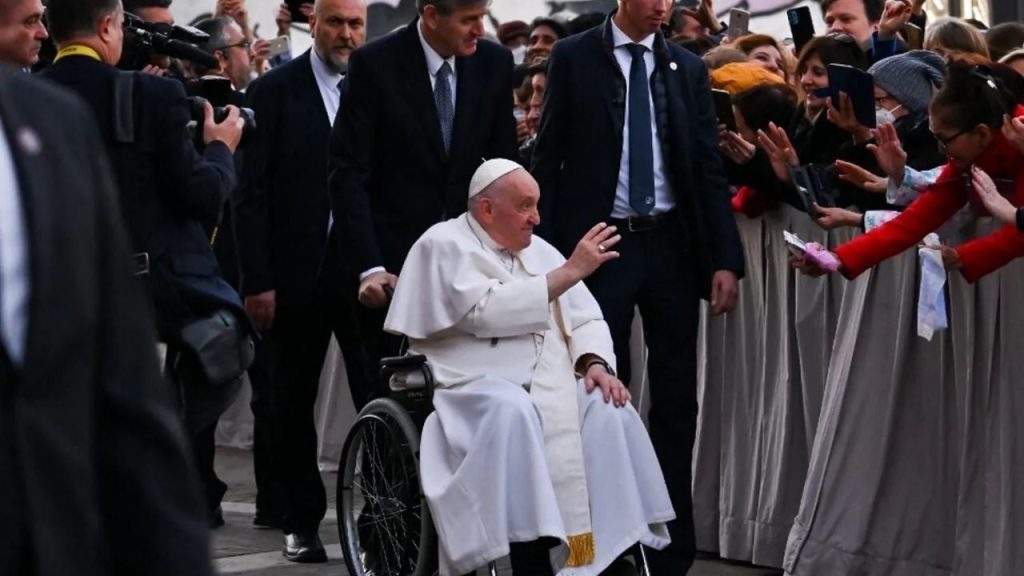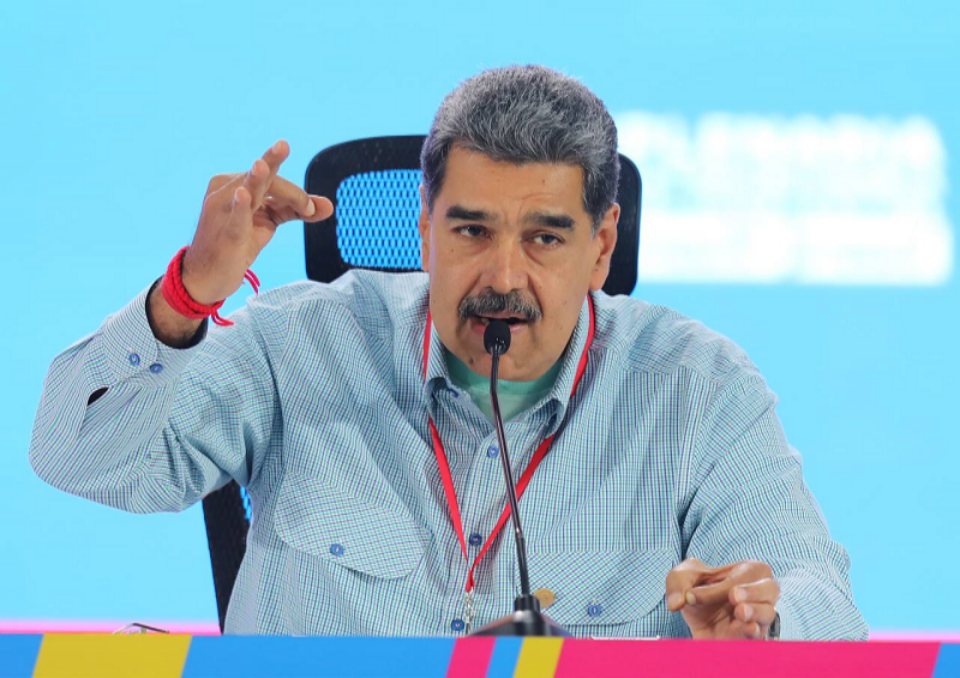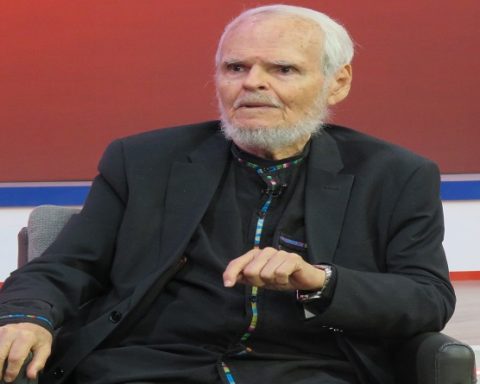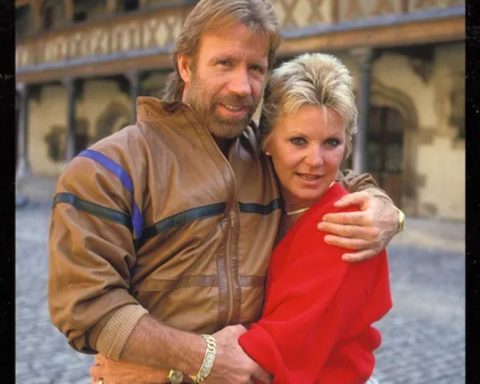To remember childhood in Argentina usually includes a scene in which children run behind a ball, even if it is rag. Jorge Bergoglio He was a ‘kid’ of the Buenos Aires neighborhood of Flores, a football fan and fan of San Lorenzo, but it was a ‘hard leg’: he did not play well. “I always liked to play football, it didn’t matter if it was not very good. In Buenos Aires, those who were as I called them ‘hard leg.
That “happy” footballer despite being a ‘hard pawa’, born on December 17, 1936 and who died at 7.35 hours (5.35 GMT) on Monday at his residence in the Santa Marta house, became the highest authority of the Catholic Church in 2013.
In a rare gesture in the occupants of the San Pedro’s chair, Bergoglio exhibited his love for football from the beginning, he received in the Holy See to delegations of teams around the world and greeted, with special effusivity, to how many parishioners they went out to meet t -shirts of Argentina and, of course, of San Lorenzo. Because that ‘hard leg’ was a follower of the club founded in 1908 by a priest, Father Lorenzo Massa.
While playing in El Potrero (vacant lot), the Bergoglio boy dreamed with the delusional attack by Rinaldo Martino, René Pontoni and Armando Farro, a striker who recited throughout his life, like the rest of the eleven of the ‘cyclone’ of 1946 -champion in Argentina and the protagonist of an unforgettable tour of Spain and Portugal-, that team he fell in love with his father Gasometer, old ‘Cuervo’ stadium.
“I saw almost all matches at the 1946 championship house, which we would win a few days before I turned 10 and, more than 70 years later, I am present to that team as if it were yesterday: Blazina, Vanzini, Basso, Zubieta, Greco, Colombo, Imbelloni, Farro, Martino, Silva … The Ten Magnificent. And then … then I was Pontoni. San Lorenzo scorer, who dragged the ‘cyclone’, my favorite, “recalled in the aforementioned book.
San Lorenzo migrated from that court to the new gasometer, which currently houses a statue of Francisco in his museum, in which he appears dressed in the cassock, the slave and the papal solido, while a Barca scarf surrounds his neck. If everything follows as planned, the new court of the Barca entity – on the land of the old gasometer – will be named Pope Francis, something that, he confessed, he was not excited.
San Lorenzo won the Copa Libertadores in 2014
After that mythical San Lorenzo of the forties, Bergoglio touched the football sky on August 13, 2014, when his beloved team won the Copa Libertadores, the maximum continental trophy in America. Matías Lammens, president of the club between 2012 and 2019, explained to EFE on the occasion of the tenth anniversary (2024) that a Barca delegation wore the trophy to the Vatican so that Francisco contemplated him and goalkeeper Sebastián Torrico “took his gloves and the Pope could not believe it.”
“I remember that while we were waiting for him, I asked one of his custodians if he looked at the games and they told me not because of the time difference, but to know the result of the final he got up around 4 in the morning,” said the former leader.
As a good Argentine, Bergoglio not only enjoyed the successes of his team, but also of the Albiceleste, to which he saw three World Cups: Argentina 1978, Mexico 1986 and Qatar 2022. In another book about Bergoglio, ‘Life: my story through history’ (2024), the Italian journalist Fabio Marchese reported that, according to Francisco, his “happier memory” was the title of the team. Diego Armando Maradona, who, years later, could ask in person what “the incriminated hand” was in the goal against England that was immortalized as ‘the hand of God’.
Maradona said he was a poet in the field
From ’10’, Francisco pointed out in 2021 in an interview with the Gazzeta dello Sport who “in the field was a poet, a great champion who gave joy to millions of people, in Argentina as in Naples”, although he said that the man whom he met in 2014 “was very fragile.” Distant relative of Omar Sivori, the first ‘golden kid’ -before that nickname was for Maradona -, Francisco received in the Vatican to international football idols, such as Gianluca Buffon or Lionel Messi.
In addition to ‘hard leg’ playing football, Bergoglio practiced basketball and always defended the goodness of sport as a way for social change, something similar to the inspiration of Father Massa when he founded the San Lorenzo club.
Read too
In that sense, in 2017, Francisco recorded a message for its broadcast during the NFL Superbowl, held that year in Houston, in which he wished the competition was “a sign of peace, friendship and solidarity for the world.”
“By participating in a sport, we are able to go beyond our selfish interests and learn in a healthy way to sacrifice and grow in fidelity and respect for the rules,” he said in his speech. And, following that line, he often used sports metaphors in his audiences to approach his parishioners, when speaking of the “disciples of the Lord” as “players” and “team”; or refer to the “honest and brave party” that he had to play as a pontiff.
